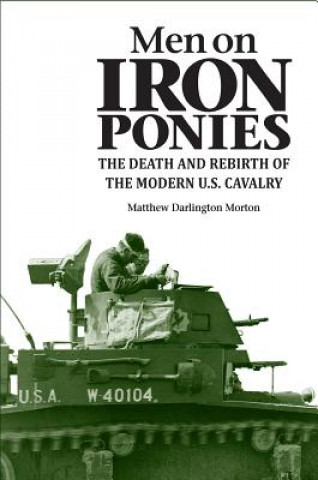
Kód: 04750191
Men on Iron Ponies
Autor Matthew Darlington Morton
At the end of World War I, the United States Army - despite its recent experience with trenches, machine guns, barbed wire, airplanes, and even tanks - maintained a horse-mounted cavalry from a bygone era. From the end of World Wa ... celý popis
- Jazyk:
 Angličtina
Angličtina - Vazba: Pevná
- Počet stran: 300
Nakladatelství: Cornell University Press, 2009
- Více informací o knize

Mohlo by se vám také líbit
-
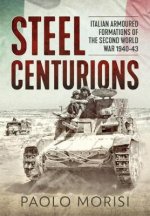
Steel Centurions
1145 Kč -
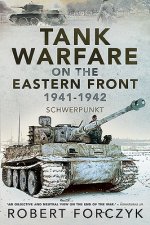
Tank Warfare on the Eastern Front, 1941-1942
410 Kč -
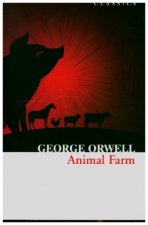
Animal Farm
80 Kč
Darujte tuto knihu ještě dnes
- Objednejte knihu a zvolte Zaslat jako dárek.
- Obratem obdržíte darovací poukaz na knihu, který můžete ihned předat obdarovanému.
- Knihu zašleme na adresu obdarovaného, o nic se nestaráte.
Více informací o knize Men on Iron Ponies
Nákupem získáte 81 bodů
 Anotace knihy
Anotace knihy
At the end of World War I, the United States Army - despite its recent experience with trenches, machine guns, barbed wire, airplanes, and even tanks - maintained a horse-mounted cavalry from a bygone era. From the end of World War I until well into World War II, senior leaders remained convinced that traditional cavalry units were useful in reconnaissance, and horses retained a leading role. Months into World War II, the true believers in the utility of the horses had their hopes shattered as the last horse cavalry units either dismounted to fight as infantry or traded their oat-eating horses for gasoline-guzzling 'iron ponies.' The horse belonged to the past, and the armored truck was the way of the future. Morton has examined myriad official records, personal papers, doctrine, and professional discourse from an era of intense debate about the future of the U.S. Cavalry. He has captured the emotion of the conflict that ultimately tore the branch apart by examining the views of famous men such as George S. Patton, Jr., Lesley J. McNair, George C. Marshall, and Adna R. Chaffee, Jr. More importantly, Morton brings new light to lesser known figures - John K. Herr, I. D. White, Lucian K. Truscott, Willis D. Crittenberger, Charles L. Scott, and William S. Biddle - who played equally important roles in shaping the future of the U.S. Cavalry and in determining what function it would play during World War II. At the heart of the book are the myriad questions about how to equip, train, and organize for a possible future war, all the while having to retain some flexibility to deal with the war as it actually happens. Morton goes beyond the explanation of what occurred between the world wars by showing how the debate about the nature of the next war impacted the organization and doctrine the reformed U.S. Cavalry would employ on the battlefields of North Africa, Italy, the beaches of Normandy, and through the fighting in the Ardennes to the linkup with Soviet forces in the heart of Germany. Leaders then, as now, confronted tough questions. What would the nature of the next war be? What kind of doctrine would lend itself to future battlefields? What kind of organization would best fulfill doctrinal objectives, once established, and what kind of equipment should that organization have? The same challenges face Army leaders today as they contemplate the nature of the next war. Morton analyzes the people and personalities involved in the U.S. Cavalry's conversion from horses to machines.
 Parametry knihy
Parametry knihy
Zařazení knihy Knihy v angličtině Humanities History Regional & national history
814 Kč
- Plný název: Men on Iron Ponies
- Autor: Matthew Darlington Morton
- Jazyk:
 Angličtina
Angličtina - Vazba: Pevná
- Počet stran: 300
- EAN: 9780875803975
- ISBN: 0875803970
- ID: 04750191
- Nakladatelství: Cornell University Press
- Hmotnost: 28 g
- Rozměry: 229 × 152 × 25 mm
- Datum vydání: 04. May 2009
Oblíbené z jiného soudku
-

Hundred Years' War on Palestine
338 Kč -

Ethnic Cleansing of Palestine
358 Kč -

History of Japan
406 Kč -

Ten Myths About Israel
336 Kč -

Strange Death of Europe
410 Kč -

Decline and Fall of the Roman Empire
130 Kč -
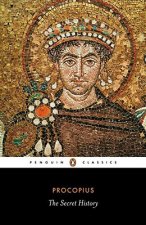
Secret History
325 Kč -

God's Playground A History of Poland
1700 Kč -
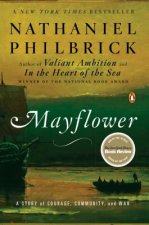
Mayflower
388 Kč -
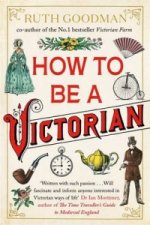
How to be a Victorian
357 Kč -

Plantagenets
334 Kč -

General's Son
427 Kč -
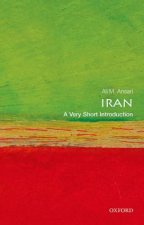
Iran: A Very Short Introduction
249 Kč -
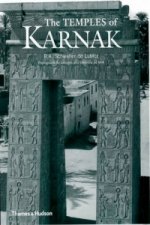
Temples of Karnak
3800 Kč -

Cuneiform
276 Kč -

Twenty Years A-Growing
249 Kč -
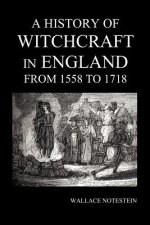
History of Witchcraft in England from 1558 to 1718
453 Kč -
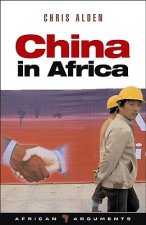
China in Africa
894 Kč -
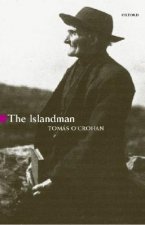
Islandman
249 Kč -
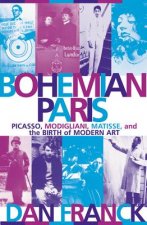
Bohemian Paris
415 Kč -

Lancaster And York
490 Kč -
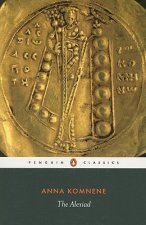
Alexiad
427 Kč -

Modern France: A Very Short Introduction
269 Kč -
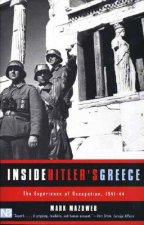
Inside Hitler's Greece
522 Kč -
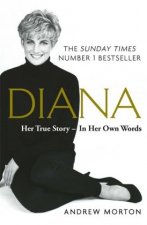
Diana: Her True Story - In Her Own Words
306 Kč -
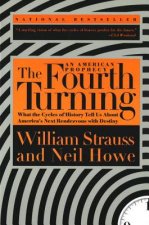
The Fourth Turning
451 Kč -
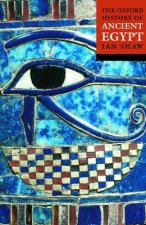
The Oxford History of Ancient Egypt
383 Kč -
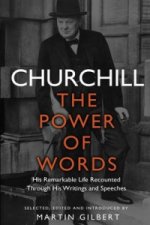
Churchill: The Power of Words
410 Kč -
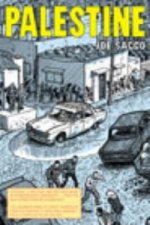
Palestine
545 Kč -

Korean History in Maps
709 Kč -
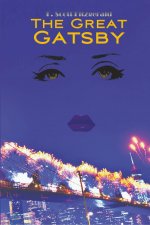
Great Gatsby (Wisehouse Classics Edition)
409 Kč -
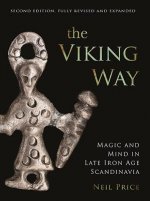
Viking Way
1144 Kč -
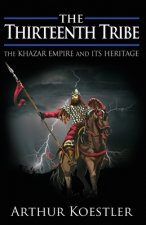
The Thirteenth Tribe
309 Kč -

My Promised Land
358 Kč -

Vanished Kingdoms
514 Kč -
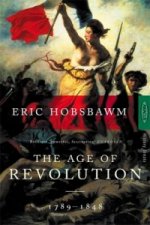
Age Of Revolution
410 Kč -

Life and Death of Anne Boleyn
584 Kč -

Coming of the Third Reich
464 Kč -
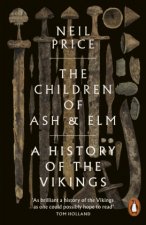
Children of Ash and Elm
464 Kč -

Europe Between the Oceans
798 Kč -
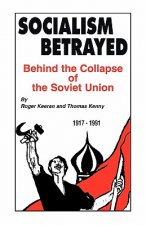
Socialism Betrayed
477 Kč -
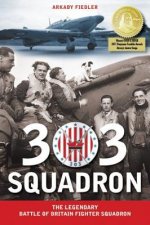
303 Squadron
464 Kč -

Ancient Celts, Second Edition
628 Kč -
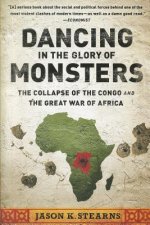
Dancing in the Glory of Monsters
396 Kč -

Battle of Britain: Luftwaffe Blitz (Images of War)
606 Kč -
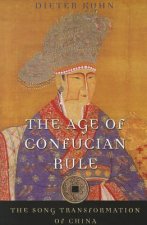
Age of Confucian Rule
851 Kč -
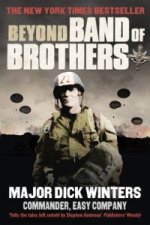
Beyond Band of Brothers
410 Kč -

Benjamin Franklin
410 Kč -

On China
462 Kč
Osobní odběr Praha, Brno a 12903 dalších
Copyright ©2008-24 nejlevnejsi-knihy.cz Všechna práva vyhrazenaSoukromíCookies



 Vrácení do měsíce
Vrácení do měsíce 571 999 099 (8-15.30h)
571 999 099 (8-15.30h)